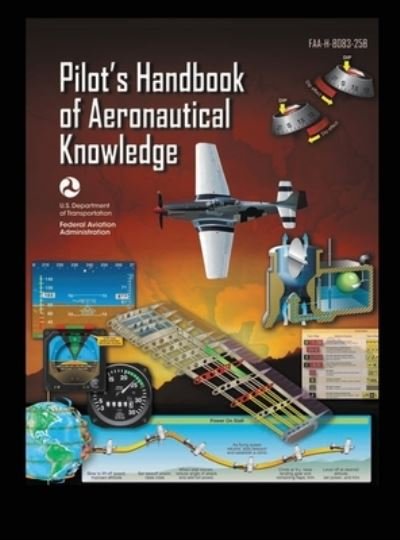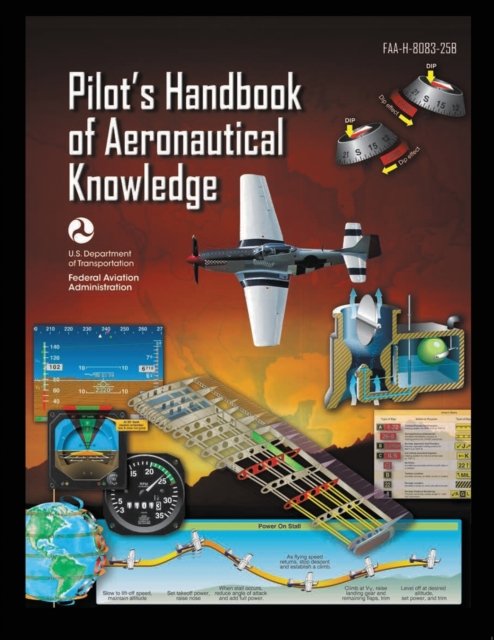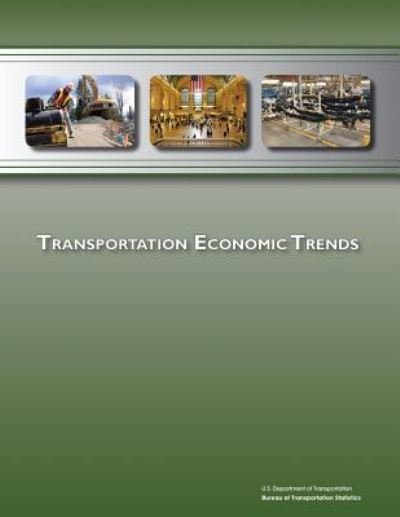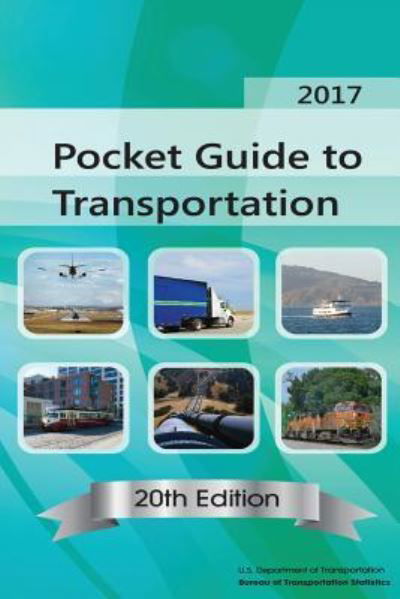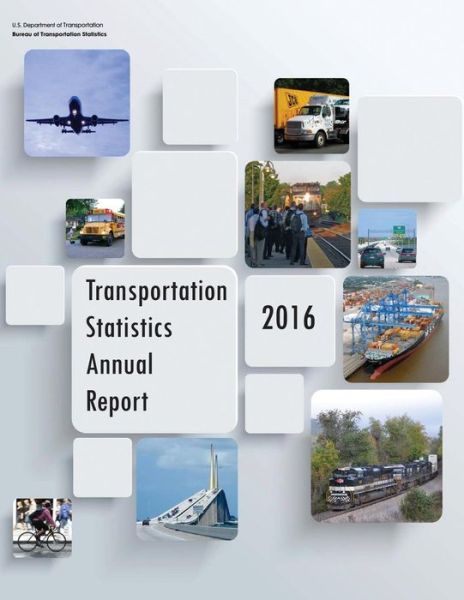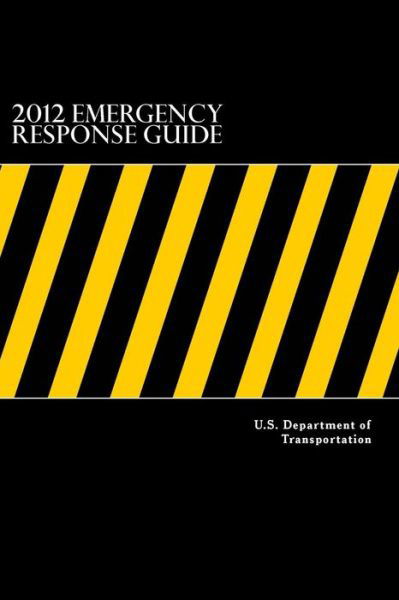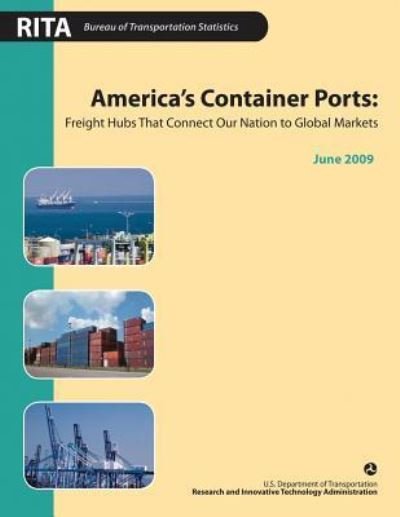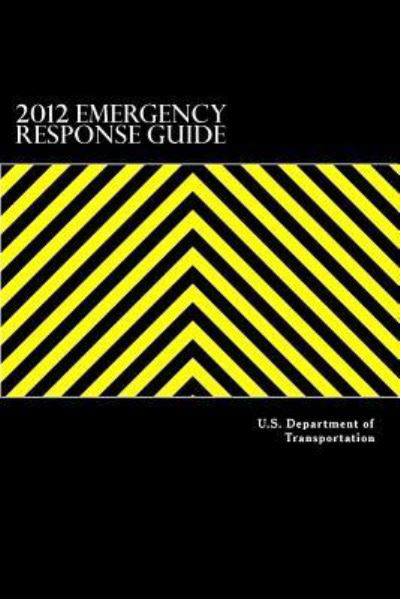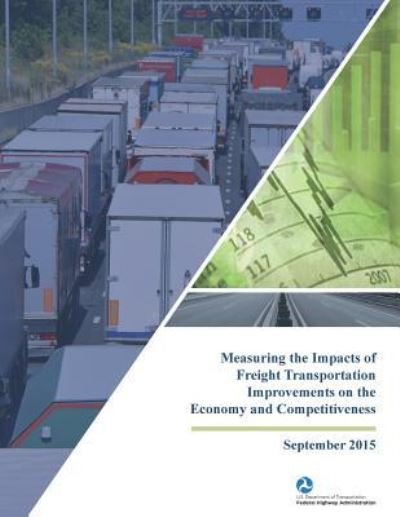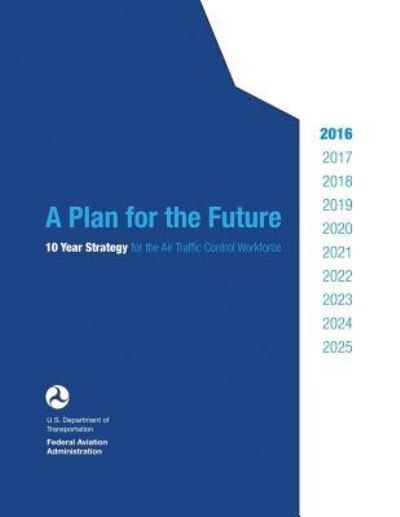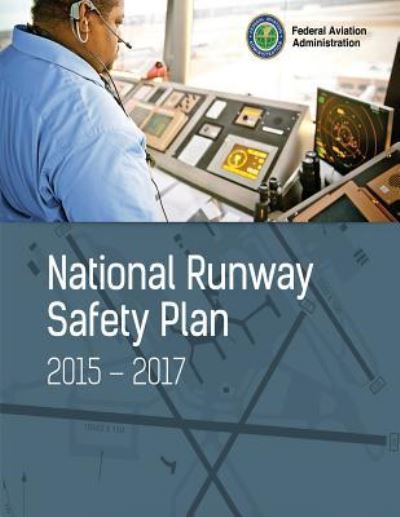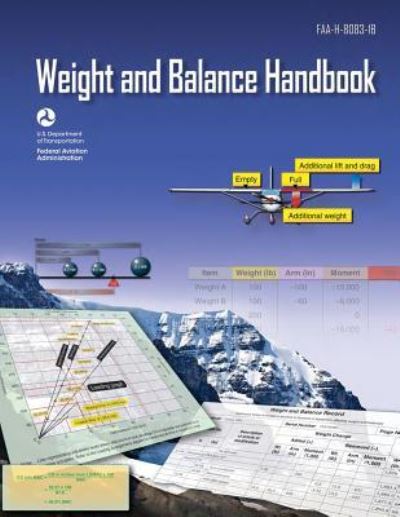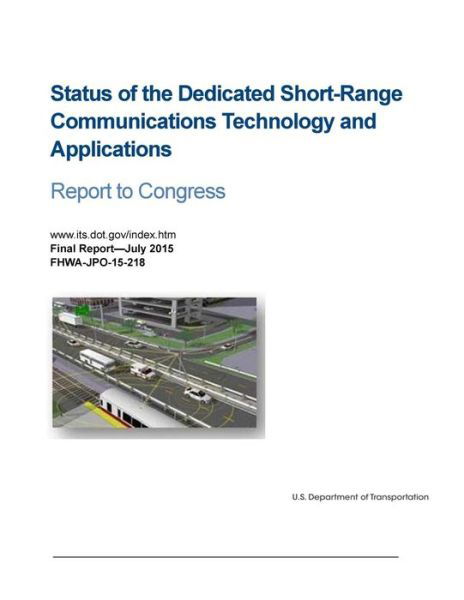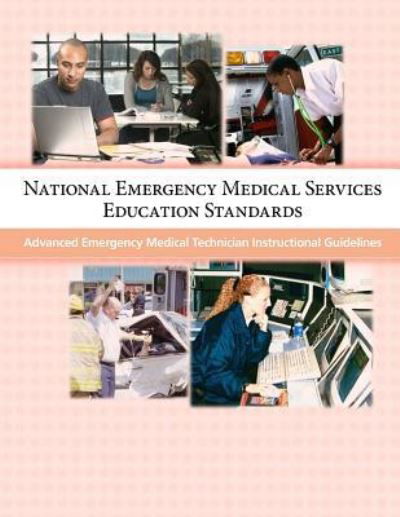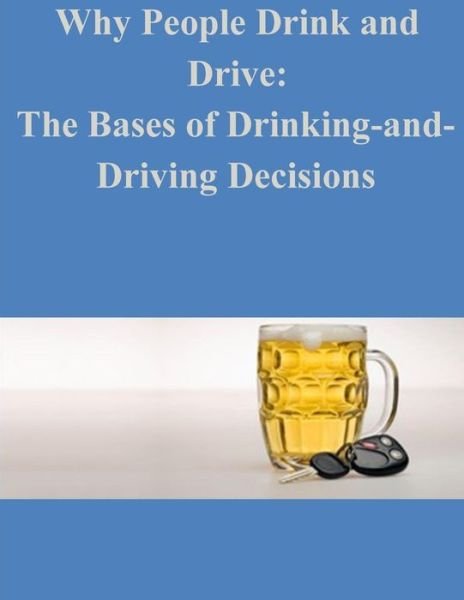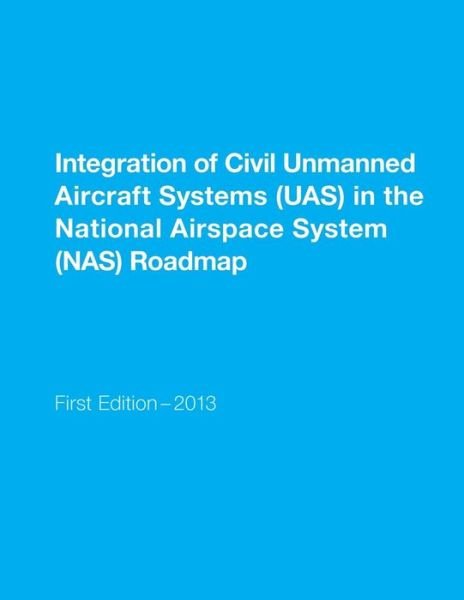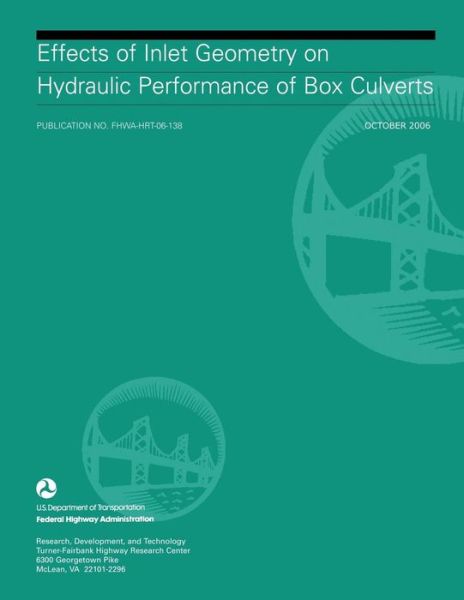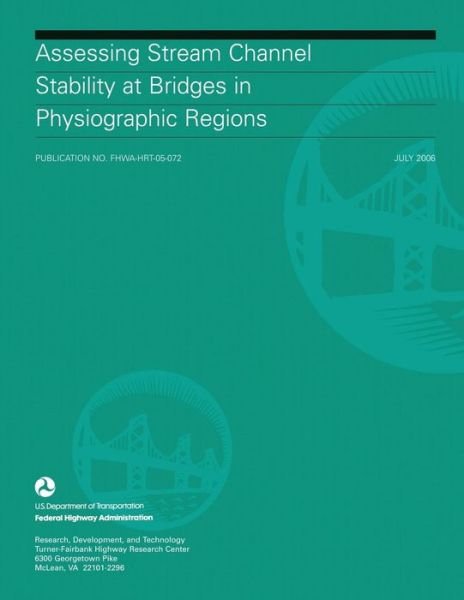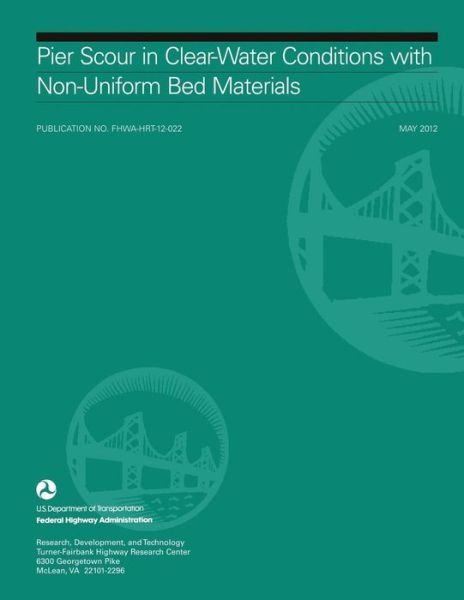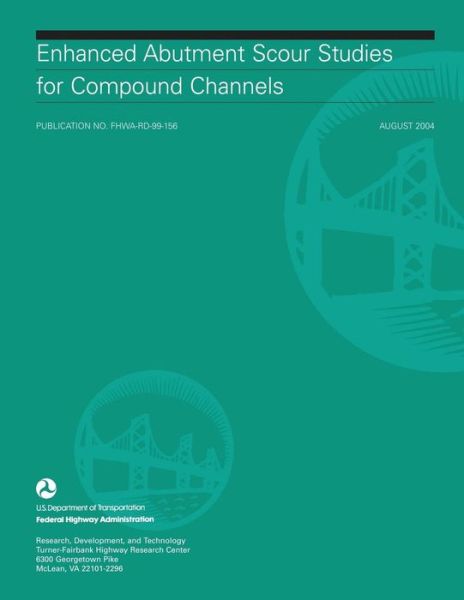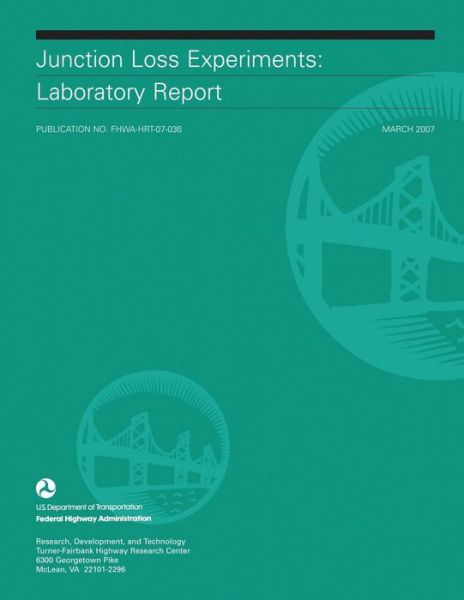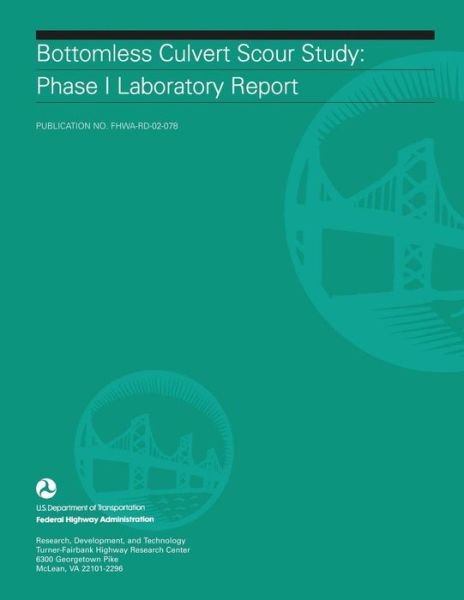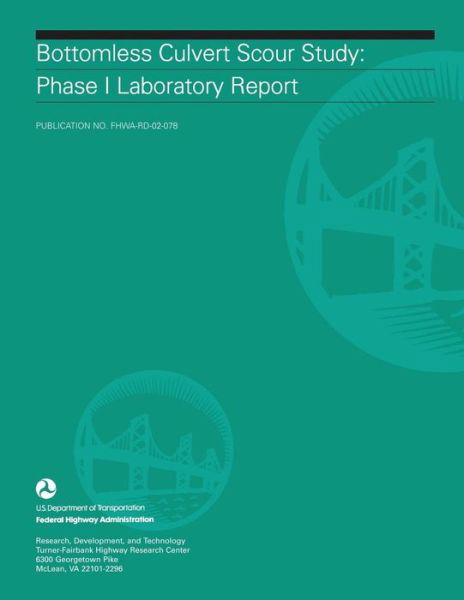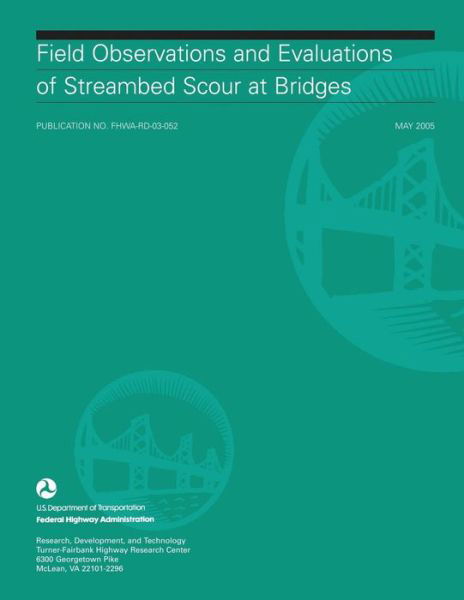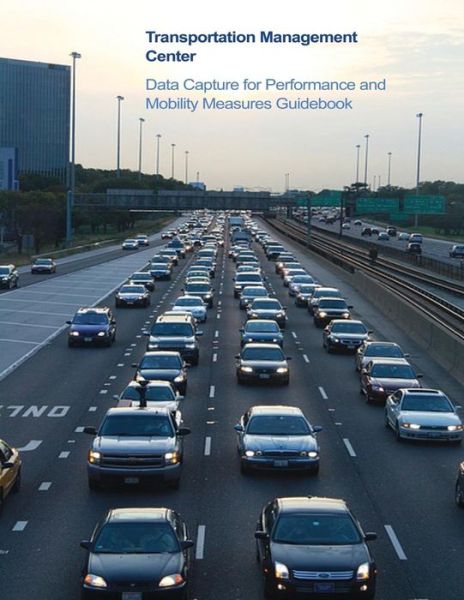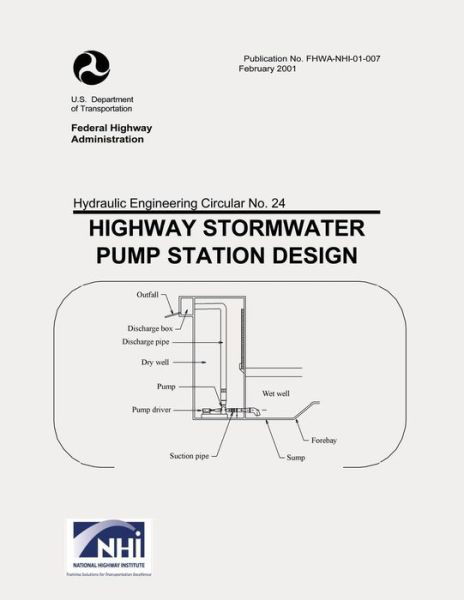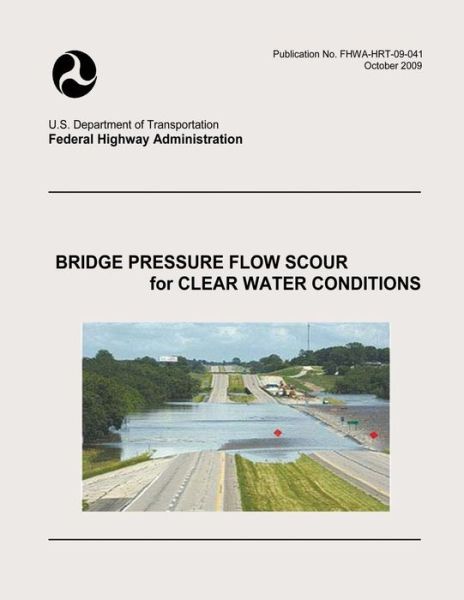
Tell your friends about this item:
Freedom to Travel
U S Department of Transportation
Freedom to Travel
U S Department of Transportation
Publisher Marketing: Almost any activity that people engage in outside the home - working, managing personal business, socializing - relies on access to transportation of some kind. And many factors, from sidewalk design to the width of the airplane aisles, affect peoples' access to transportation. Years of gathering data and conducting research have focused on identifying the transportation habits and needs of America's general population, but until now, no national data has allowed for analyses of the specific transportation habits and needs of people with disabilities, nor provided for contrasts to the non-disabled population. Faced with a wide spectrum of transportation demands, planners and policy makers need this kind of information in order to determine where transportation investments should be made. The Bureau of Transportation Statistics (BTS), an operating administration within the U. S. Department of Transportation, set out to fill this data gap by developing and conducting the 2002 National Transportation Availability and Use Survey. The survey was designed to identify the impact of transportation on the work and social lives of people with disabilities, and the extent to which such impact is unique to that population. The survey topics include: the number of people with disabilities who never leave their homes because of transportation inadequacies; the types of transportation people with disabilities use for local and long-distance travel; their level of satisfaction with the system's ability to provide safe, accessible, reliable, efficient, affordable transportation; and the barriers or challenges that are posed by the transportation environment, infrastructure, or vehicles. All data presented in this report have been weighted to national totals. The data analysis summary compares two population groups - one comprised of people with disabilities and one comprised of non-disabled people. It also compares and contrasts challenges encountered by the two groups in their daily and non-routine travels, as well as opinions regarding their transportation experiences. More than 5,000 people were interviewed for the survey, about half of whom had disabilities. The survey itself was developed with the participation and suggestions of various groups representing people with disabilities, and their involvement extended to every phase of the project. The survey results indicate that: More than 3.5 million people in this country never leave their homes. More than half of the homebound, 1.9 million, are people with disabilities. Regardless of disability status, personal motor vehicles are used far more frequently for local travel than any other transportation mode. The majority of people, whether with or without disabilities, drive most frequently to get to work, to doctor and medical visits, for shopping and other local travel. There is, however, a significant difference in the percentages of disabled versus nondisabled drivers. The types of difficulties encountered in using the transportation system are very similar between people with and without disabilities. Overall, the survey data indicate that much has been accomplished to provide access to transportation, and that some needed improvements cited both by people with and those without disabilities (such as the need for audible and visual signage, on-time performance) are good for everyone. The survey data indicate the need to continue to identify and correct deficiencies in hardware and schedules for public transportation, such as buses, trains, and airplanes. There is also room for progress in the softer side of travel - the "human element." Training transportation providers to be sensitive to the needs of people with disabilities and, moreover, to be prepared to provide the services to which the traveling public is rightfully entitled, is important. Further improvements in the transportation system will go far in making such participation a reality.
| Media | Books Paperback Book (Book with soft cover and glued back) |
| Released | November 6, 2012 |
| ISBN13 | 9781480263819 |
| Publishers | Createspace |
| Pages | 48 |
| Dimensions | 216 × 279 × 3 mm · 136 g |
More by U S Department of Transportation
See all of U S Department of Transportation ( e.g. Paperback Book , Book and Hardcover Book )



